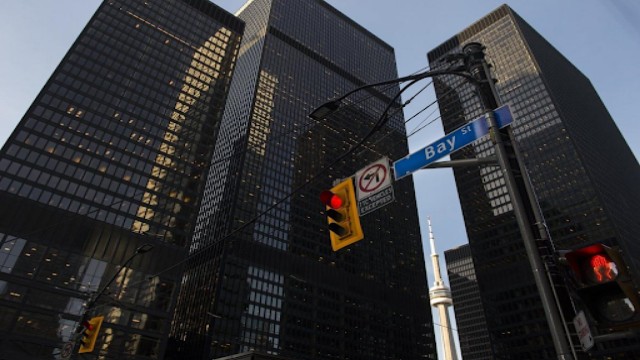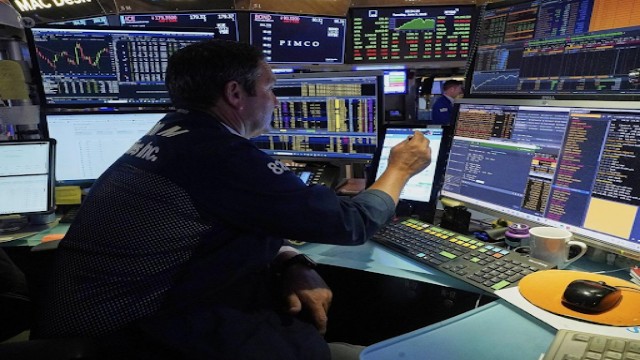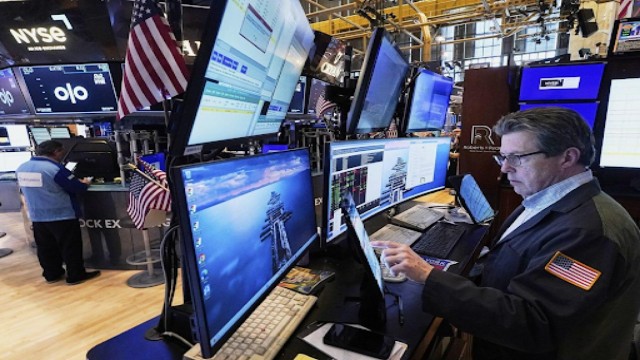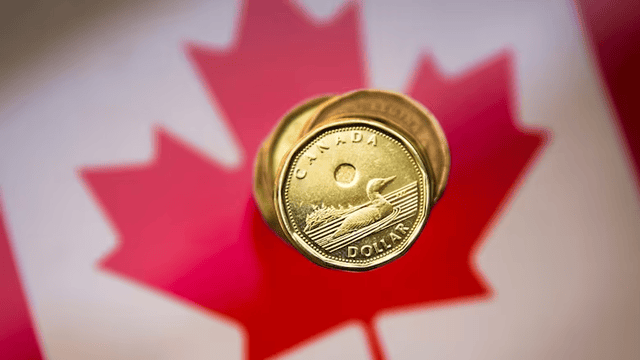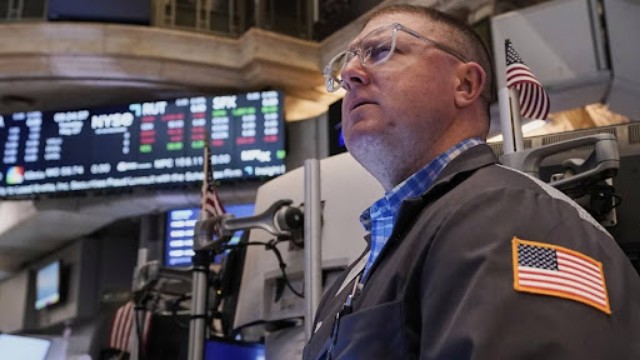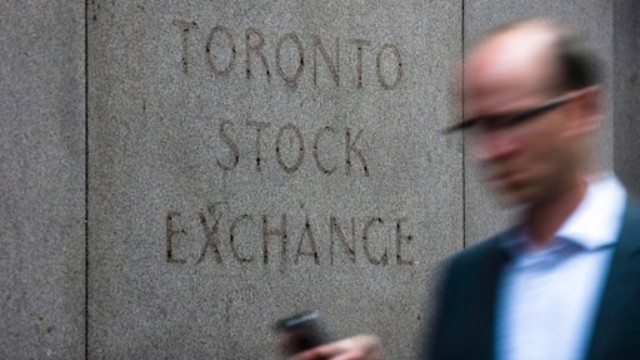
A man walks by a building in Toronto that once served as the home of the Toronto Stock Exchange, on Thursday, August 18, 2011. (Photo: Aaron Vincent Elkaim / THE CANADIAN PRESS)
North American markets took another hit on Tuesday, marking the fourth straight day of losses as trade tensions between the U.S. and China worsened. The day began with promise, but early gains reversed sharply after news broke that President Donald Trump would move ahead with steep tariffs on Chinese imports.
Markets had started the day on a high note, with global investors hopeful for a breakthrough in ongoing trade disputes. But that optimism quickly vanished when Trump confirmed a new round of tariffs that would tax Chinese goods at a staggering 104%. China, in response, warned of retaliation, fuelling fears of a prolonged trade war and economic downturn.
“The market’s mood is swinging wildly, reacting to every new headline,” said Angelo Kourkafas, senior investment strategist at Edward Jones. That volatility has defined the week, with investors on edge about the possibility of a global recession.
The S&P/TSX composite index closed down 352.56 points, or 1.5%, landing at 22,506.90. Energy stocks were among the hardest hit, dragged down by falling oil prices. Crude oil dropped below US$60 per barrel, pulling the energy index down nearly 5%.
In the U.S., major indexes also sank. The Dow Jones industrial average slipped 320.01 points (0.8%) to 37,645.59. The S&P 500 fell 79.48 points (1.6%) to 4,982.77, while the Nasdaq dropped 335.35 points (2.2%) to 15,267.91.
“This has been one of the most difficult stretches for investors in recent months,” said Anish Chopra, managing director at Portfolio Management Corp. “Markets are adjusting to how tariffs could affect the global economy, trade, and GDP.”
Just days earlier, markets had been rallying, with optimism boosted by gains in Asian and European trading sessions. However, the renewed tension between Washington and Beijing cast a long shadow over any positive momentum.
The situation remains fluid. Trump hinted Monday that a deal with South Korea might be close and suggested that negotiations with other nations were underway. “Many countries want to make a deal with the United States,” he posted on social media, briefly lifting investor hopes.
Still, analysts caution that more trade-related headlines are likely. As the U.S. pursues deals, countries may retaliate—China already has. The risk of further market instability remains high.
Economic data continues to reflect growing uncertainty. The Canadian dollar edged up slightly to 70.44 cents US from 70.29 cents the day before. Commodity markets showed mixed results: oil prices fell further to US$59.58 a barrel, natural gas slid to US$3.47 per mmBTU, copper dipped to US$4.14 a pound, while gold rose to US$2,991.10 an ounce—indicating investors are moving toward safe-haven assets.
Looking ahead, all eyes are on the U.S. banks as earnings season begins later this week. Experts say what matters most now is not past performance, but the forward-looking guidance companies offer in the face of growing trade turmoil.


